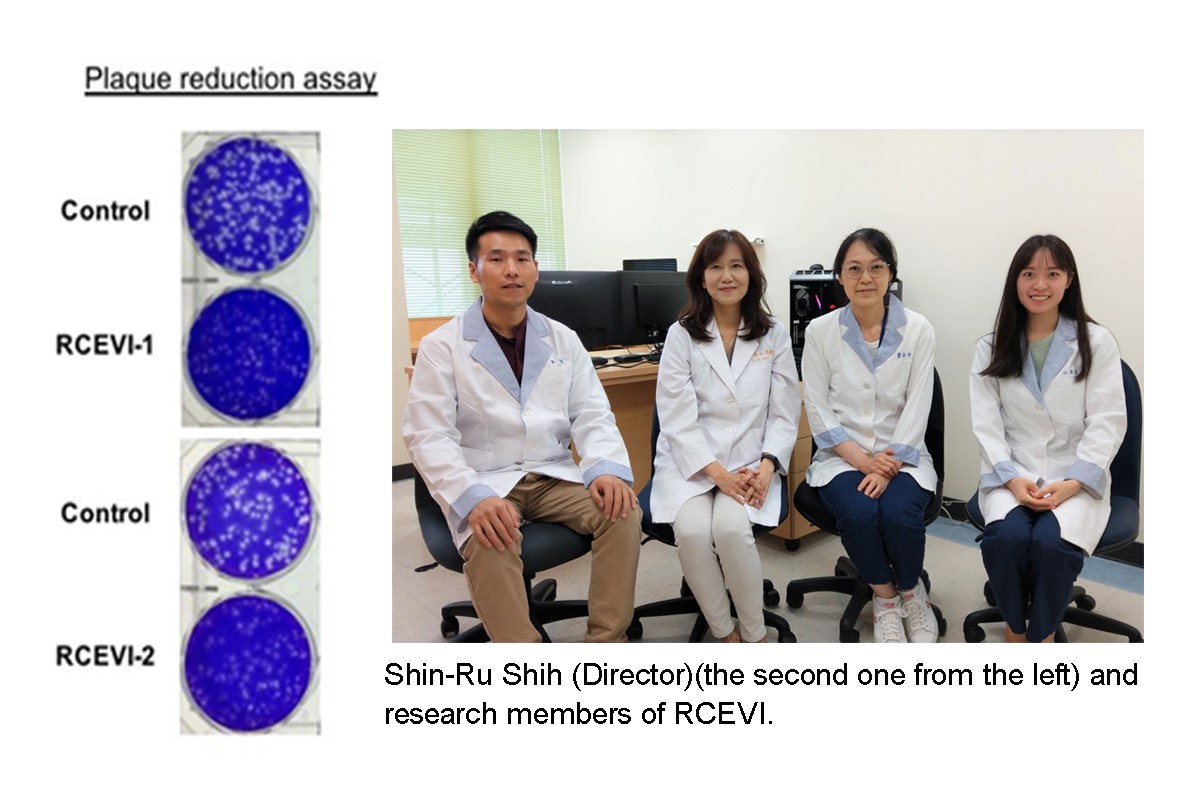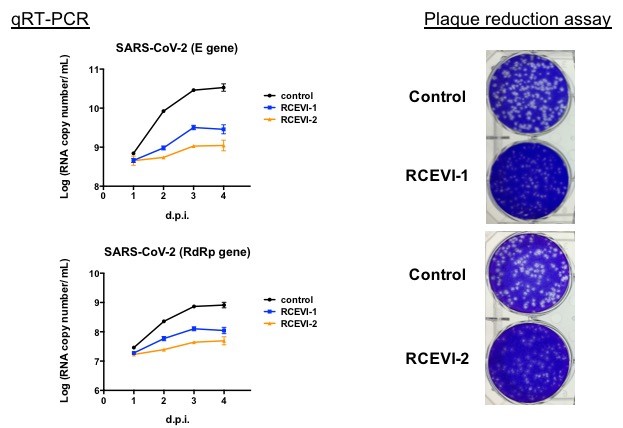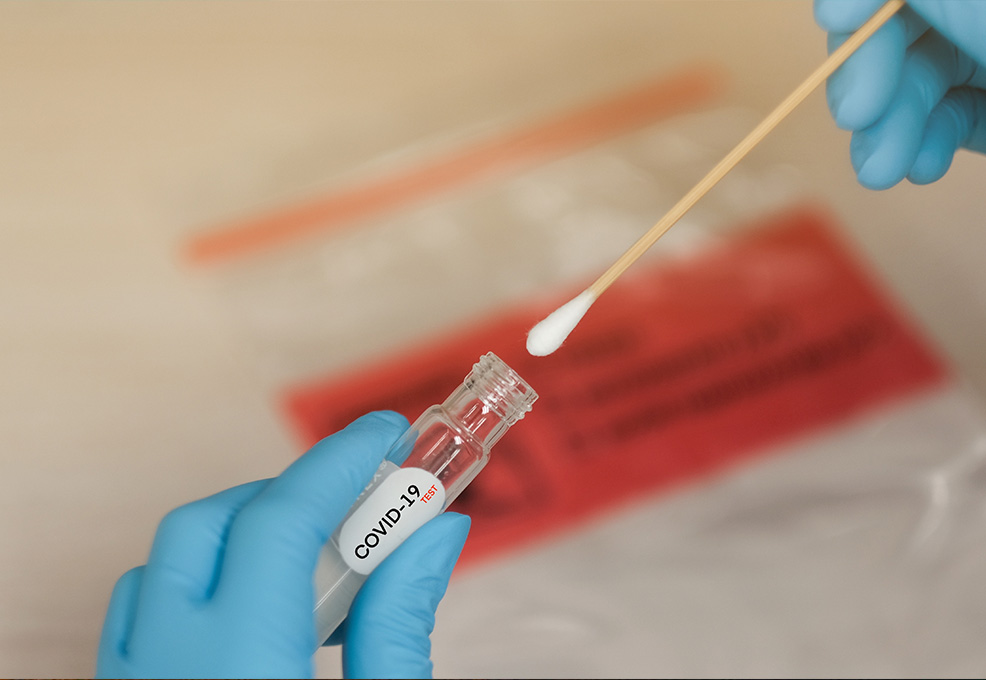Mapping the Connectomics of the Human Brain

Author(s)
Shin-Ru ShihBiography
Professor Shin-Ru Shih is the Director of the Research Center for Emerging Viral Infections at Chang Gung University. Since 1996, she established a molecular virology laboratory in Chang Gung University and the Research Center for Emerging Viral Infections in 2008. Her team has been studying various aspects of emerging RNA viruses, including identification of viral pathogens during outbreaks, mechanistic studies of pathogenesis, and development of vaccines and antiviral agents.
Academy/University/Organization
Chang Gung University-
TAGS
-
Share this article
You are free to share this article under the Attribution 4.0 International license
- LIFE SCIENCES
- Text & Image
- June 21,2020
The research and development team from Chang Gung University (CGU)/Chang Gung Memorial Hospital (CGMH) in collaboration with National Health Research Institutes (NHRI), and Rutgers University Medical School have been devoting tremendous efforts to antiviral research to fight COVID-19.

Photo by: Research Center for Emerging Viral Infections, Chang Gung University
The research and development team from Chang Gung University (CGU)/Chang Gung Memorial Hospital (CGMH) in collaboration with National Health Research Institutes (NHRI), and Rutgers University Medical School have been devoting tremendous efforts to antiviral research to fight COVID-19.
The Research Center for Emerging Viral Infections (RCEVI, the Featured Areas Research Program supported by Ministry of Education and Ministry of Science and Technology, Taiwan) at CGU and the Clinical Virology Laboratory at CGMH have successfully isolated 32 strains of SARS-CoV-2 virus under the biosafety guideline from Taiwan CDC. These strains serve as precious materials for antiviral assays to develop drugs for COVID-19 treatment. Moreover, the team applied the EditCell Virology platform (genome-wide CRISPR-based system) to screen host factors that are important for RNA virus replication. The team identified X protein as a crucial factor not only for coronaviruses but also for flaviviruses and enteroviruses infections. Based on this finding, the team also identified two FDA-approved drugs targeting X protein, which are able to decrease the viral load of the above-mentioned RNA viruses, including SARS-CoV-2, the only cause of the COVID-19 pandemic.
The team is now seeking opportunities with international pharmaceutical companies to conduct clinical trials, which may treat COVID-19 patients and contain the virus spread.


Figure 2. RCEVI-1 and RCEVI-2 show inhibitory effects on SARS- CoV-2 infection by immunofluorescence microscopy. Photo by: Research Center for Emerging Viral Infections, Chang Gung University
STAY CONNECTED. SUBSCRIBE TO OUR NEWSLETTER.
Add your information below to receive daily updates.




